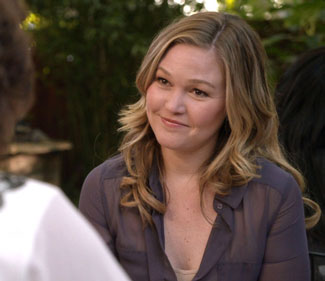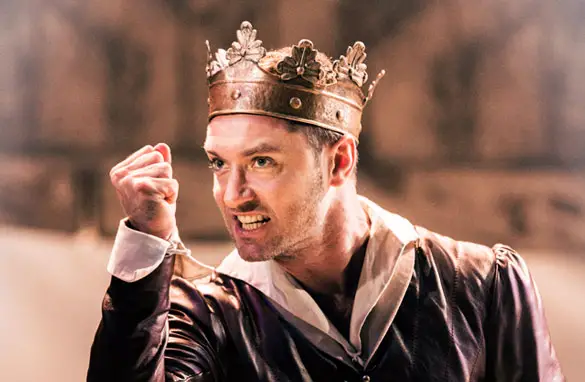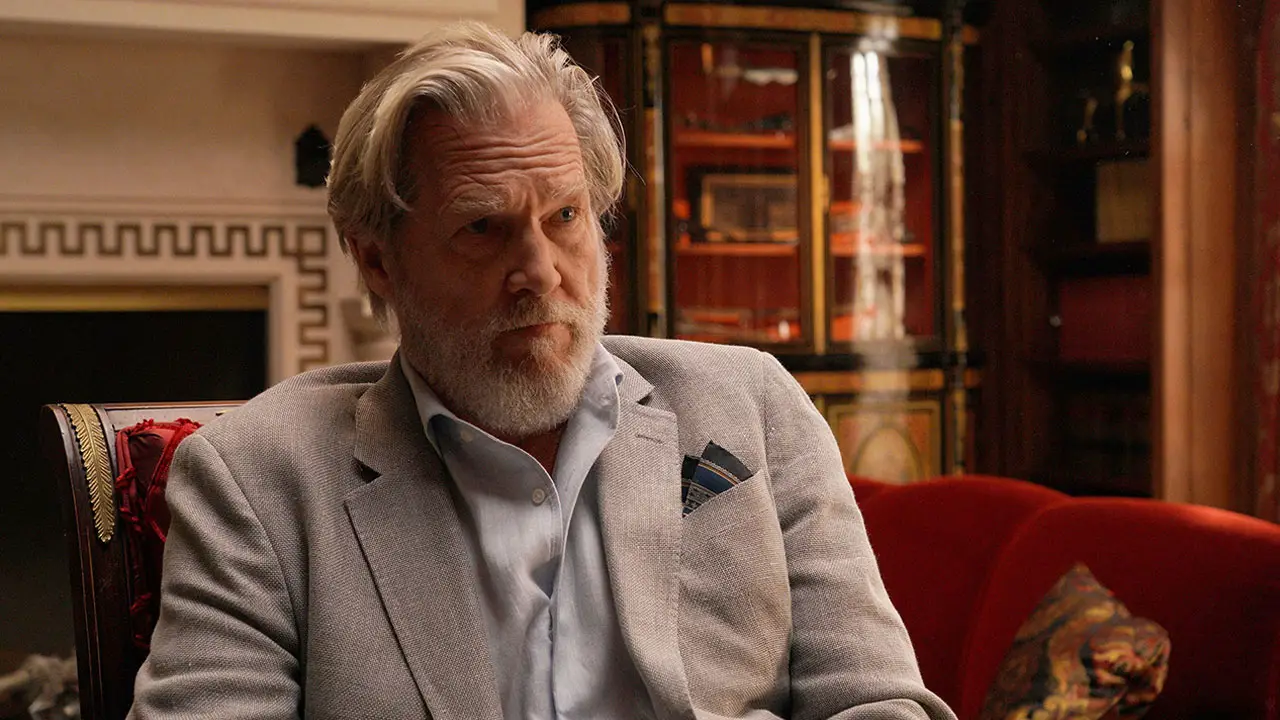 It’s been over a decade since Julia Stiles made her name in starring in modern updates of Shakespeare’s plays (10 Things I Hate About You, 2000’s Hamlet, O), and though she’s certainly not as visible as in the early 2000s she’s been working steadily as an actress ever since. She’s also branched into directing, having written and directed four shorts episodes of Paloma on the WIGS YouTube channel.
It’s been over a decade since Julia Stiles made her name in starring in modern updates of Shakespeare’s plays (10 Things I Hate About You, 2000’s Hamlet, O), and though she’s certainly not as visible as in the early 2000s she’s been working steadily as an actress ever since. She’s also branched into directing, having written and directed four shorts episodes of Paloma on the WIGS YouTube channel.
In an interview with New York magazine, Stiles speaks about why she aspires to direct, what she thinks about recent female directors, and what she’s learned about acting from working with David O. Russell.
According to Stiles, her WIGS directing the experience is only the beginning, especially since she has found directing to be extremely helpful at improving as an actor. She explains, “I would love to direct a film. For me, what’s wonderful about directing the web series is that it’s a shorter format, which I really appreciate. It’s great practice. In terms of directing a feature, I’d want the story to be right — you know, it’s a year of your life, and you have to be focused on one thing, so I want it to be a story that I really, really care about and will enjoy making. And experiencing being in an editing room has been immensely helpful for me in terms of acting. For some actors, that can be dangerous, because it could make you self-conscious. But if I trust my director, it helps me to surrender to the fact that you can’t really control your performance. If they want to discover something spontaneous that could happen on set, versus having a preconceived idea of the results they want? The best working experiences I’ve had are with directors who want to create with you while you’re on set. I prefer a much freer environment. That’s why I’m always trying to mess things up, just to know that I can!”
To give an example of “messing things up,” she points to her most recent successful film. She recalls, “On Silver Linings Playbook, David O. Russell is the master at getting his actors to give him something that he doesn’t expect. He loves to keep things spontaneous. He talks to the actors throughout a take, because in real life, you don’t know what the next person is going to say, you don’t know when you’re going to get interrupted. That dinner scene, there were about five different ways that the scene played out. There was one version where we all started screaming at each other. There was one version where I burst into tears.”
But her thoughts turn back to directing when she points out the success female directors have had in the last several years. She explains, “I recently saw Lake Bell‘s movie that she directed, In a World…, and Sarah Polley just had her third film come out that she directed. I think the more I see other women directing, the more inspired I am to pursue that, and to believe that I can do that. Paul Greengrass said to me, years ago, that the first step in directing is to just do it. It’s almost similar to what Sheryl Sandberg wrote in Lean In: No one is going to come and wave a magic wand and say, ‘I want you to direct something.’ I’m not saying women expect that, but from my perspective as an actress, you go on auditions and you’re trying to launch a career and you want someone to come along and say, ‘I pick you.’ You have to pick you.”



